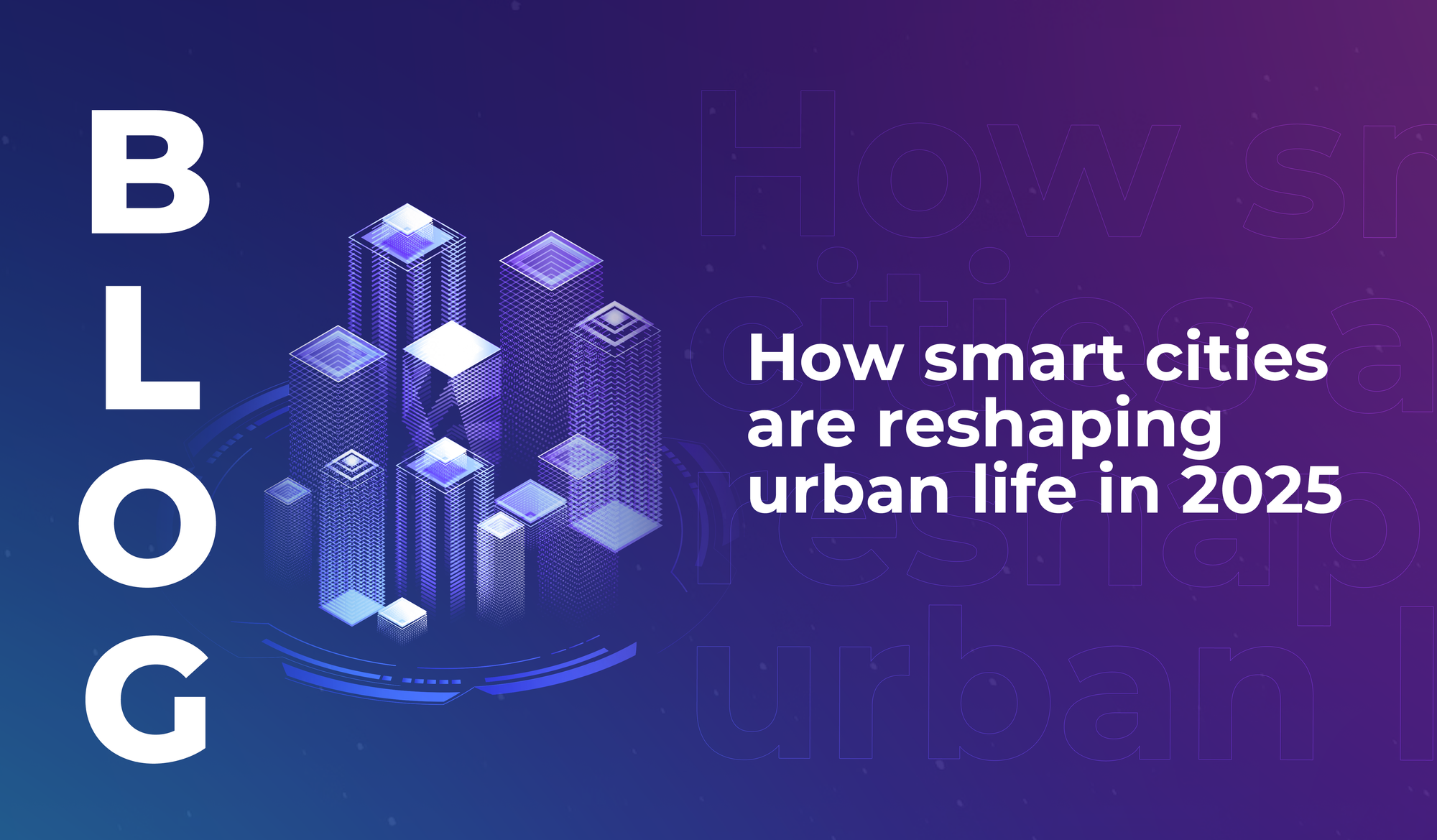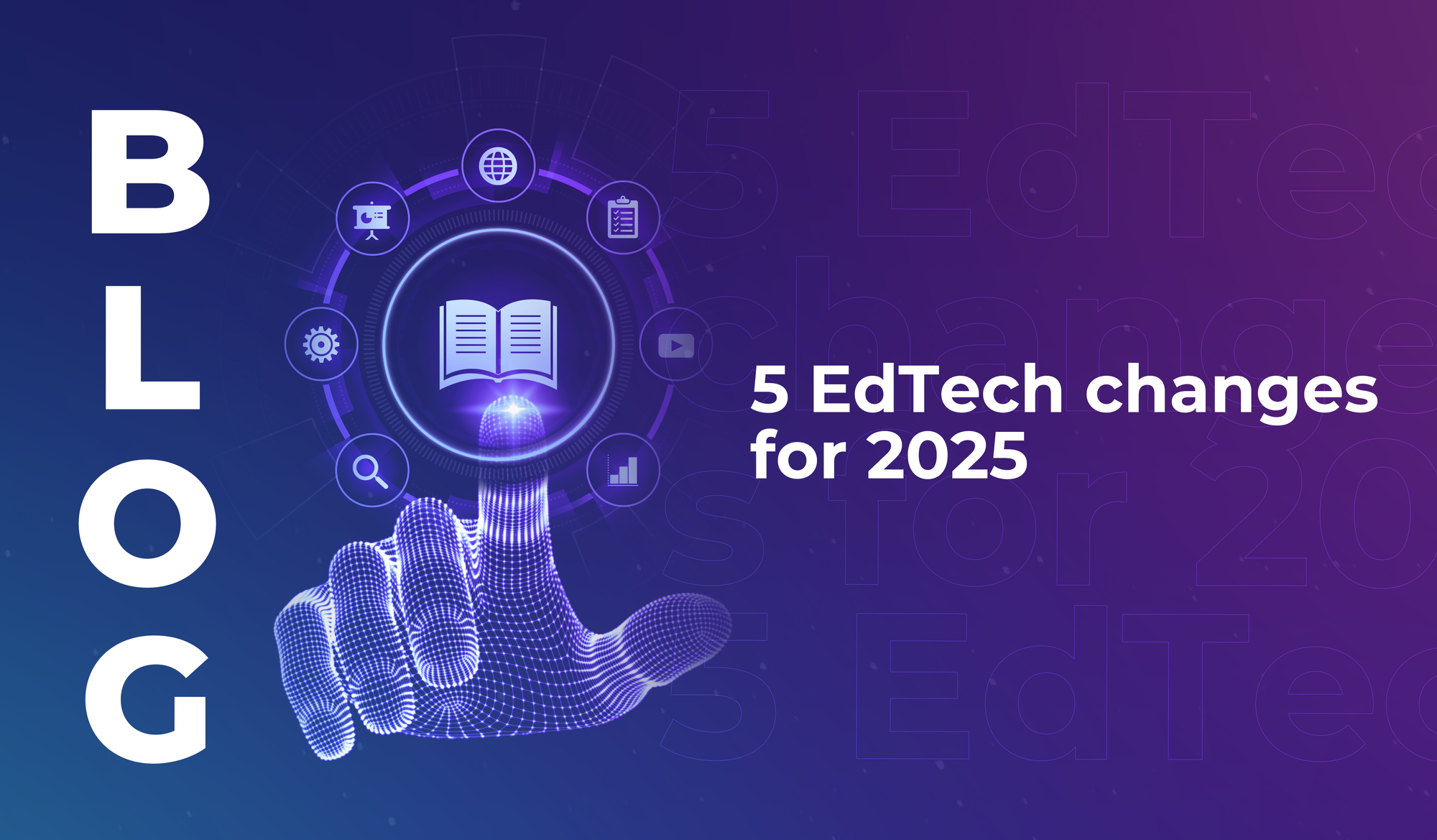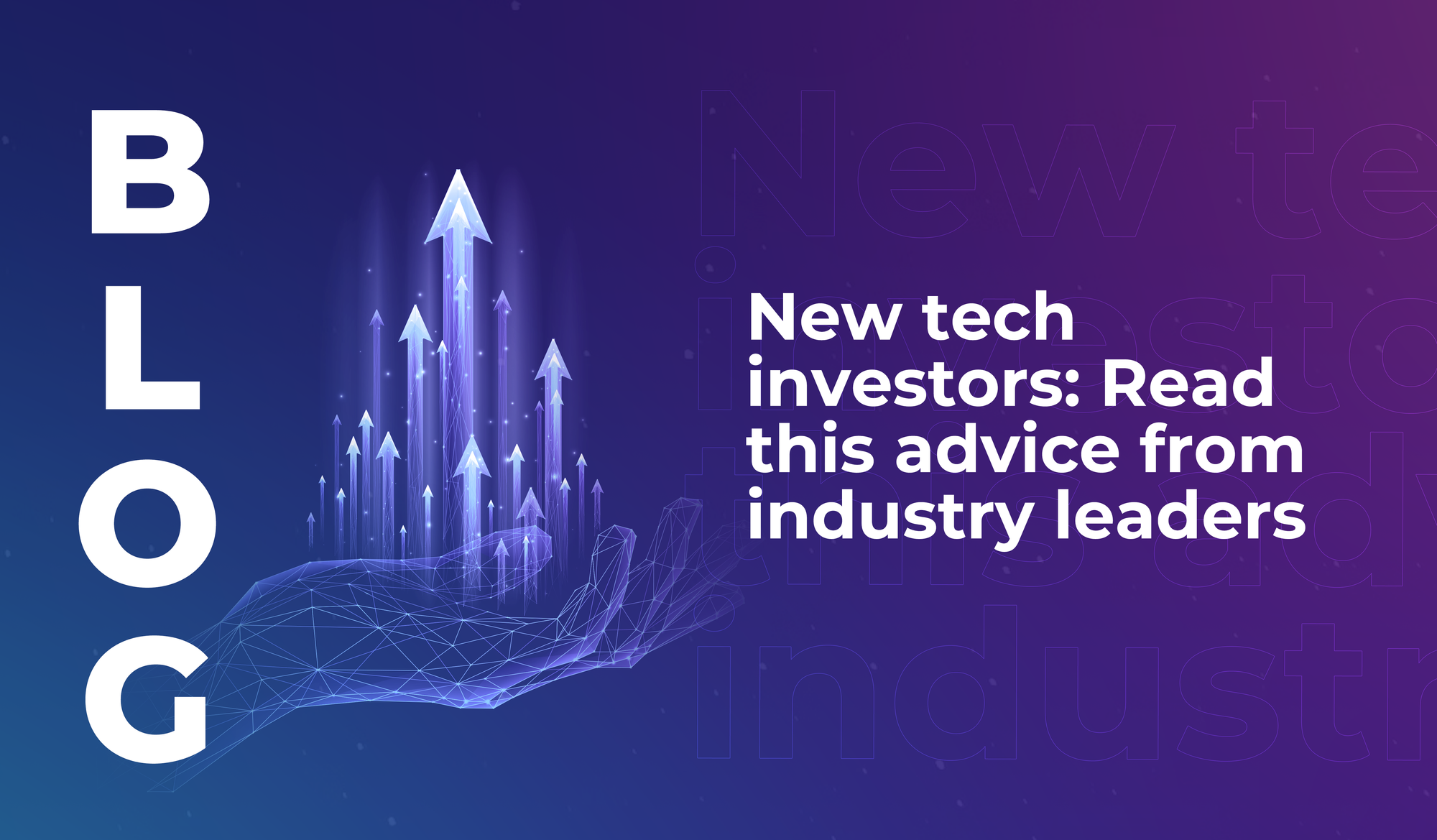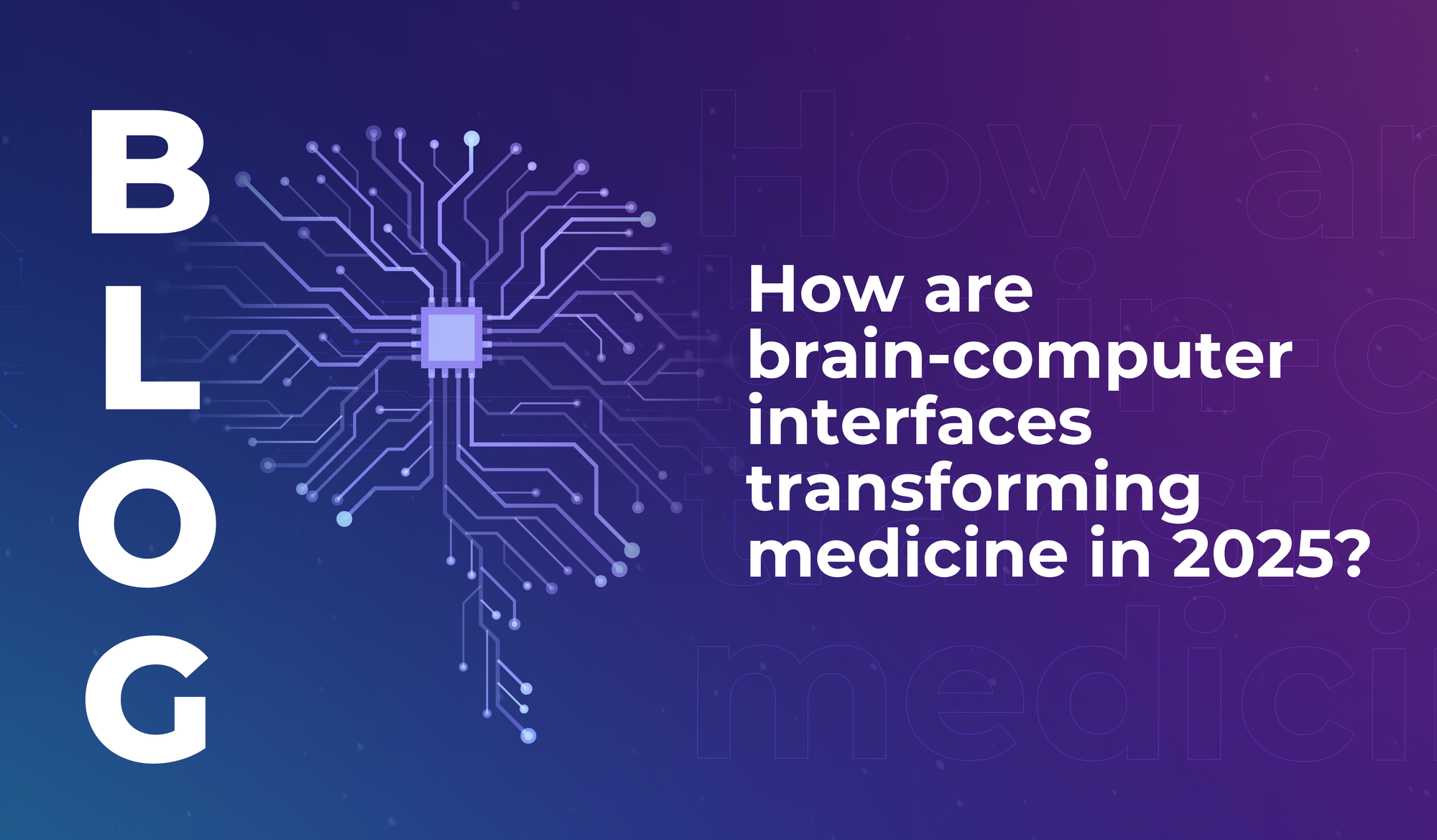
How smart cities are reshaping urban life in 2025
Discover the key drivers of positive smart city development, including collaboration, data literacy, and a sharp focus on sustainability.


What’s happening with EdTech in 2025? The last few years have seen rapid transformation of educational technologies, and adoption across educational organisations for students of all ages. This year, we expect to see a continued movement towards personalised learning and adaptive teaching; and the integration of tools into existing educational models.
Here are five EdTech developments you can expect in 2025.
At LEAP 2025 we met a whole host of innovators who are changing perspectives on the potential of tech in education – and AI was, of course, a recurring theme.
Over the next year we expect to see a surge in the availability of personalised learning experiences that are tailored to individual student needs. Using AI to analyse each learner’s strengths and struggles, learning platforms can offer effective, customised learning plans and adaptive educational content to support enjoyment and outcomes.
Education providers are beginning to recognise the value of AI-powered real-time feedback too – which helps to make sure no learner gets left behind, and enables a more inclusive approach to education.
Learning platforms have been experimenting with VR and AR for a while now, but they’re set to become mainstream tools in classrooms very soon. They offer hands-on learning opportunities that make abstract (and sometimes boring) concepts feel real and exciting – from exploring historical landmarks to simulating complex real-life tasks.
(Remember our article about how VR and AR tech is changing the way doctors learn?)
Now, VR and AR hardware is becoming more accessible and affordable, so adoption rates will rise around the world. And the result will likely be highly positive: with increased learning retention rates, and more inclusive education options for students with disabilities or diverse learning styles.
Microcredentials and digital badges are certifications awarded to learners when they’re able to demonstrate competencies in specific areas; usually through dynamic, verifiable learning modules and simulations.
By achieving microcredentials, learners can highlight their skills and experience to support their career advancement – and they can choose to work towards digital badges that are particularly relevant to their career goals.
This year, more educational institutions and employers are expected to adopt these credentials as either alternatives to traditional degrees, or as additional certifications that highlight very specific, relevant learning for certain roles or programmes.
It’s part of a broader shift towards modular learning – enabling students to pursue their goals in a more focused (and fulfilling) way.
Hybrid online and in-person learning models have become more and more popular in recent years, with a wide range of benefits – from enabling flexible learning for students with physical or mental health challenges, to exposing students to exciting opportunities that aren’t always possible in the classroom alone; and of course, supporting neurodiverse students with learning plans that work for them.
Classrooms are evolving: modern learning environments are tech-enabled spaces, with collaborative workstations, standing desks, quiet focused learning areas, and more. They’re designed to support students’ learning needs from moment to moment – and hybrid learning tools allow this support to continue both inside and outside of the formal classroom.
As educators continue to lean further into the power of data to support students’ learning, we’ll see improved learning analytics tools to help teachers track student performance – and enable them to adapt their teaching strategies and style based on that data.
By analysing behaviours, outcomes, and learning engagement levels, learning analytics tools can help teachers create learning plans that meet students’ needs and help them learn more efficiently. It takes the idea of adaptive learning a step further, into adaptive teaching: so instead of just monitoring student performance, educators can monitor and adapt the way they teach based on real-time data.
EdTech isn’t easy to implement, because schools and higher education institutes take time to adopt new technologies. Cultural shifts have to happen alongside budget adjustments; and institutions need to be confident that implementing educational technologies will be worth it in the long-run.
Over the coming year EdTech will continue to be integrated into existing education systems – and a key focus will be to make sure all students have equitable access to EdTech tools, to minimise negative impacts on communities that might be left behind. Teacher training around EdTech tools will also increase, so tools can be integrated in an effective, genuinely useful way.
In 2025, EdTech advancements will focus on personalisation, inclusivity, and logical integration. There’s no future of education without education technologies – so right now, educators and technologists are working to find a balance between innovation and meaningful learning.
Want to immerse yourself in the heart of EdTech developments? Pre-register now to attend LEAP 2026.

Discover the key drivers of positive smart city development, including collaboration, data literacy, and a sharp focus on sustainability.

Some of the most experienced tech investors in the world share their insights and advice to help new investors on their path to success.

Discover how brain-computer interfaces (BCIs) are creating new possibilities in healthcare and medicine.

Discover the key drivers of positive smart city development, including collaboration, data literacy, and a sharp focus on sustainability.

Some of the most experienced tech investors in the world share their insights and advice to help new investors on their path to success.

Discover how brain-computer interfaces (BCIs) are creating new possibilities in healthcare and medicine.